
How to protect cacti in winter?
Whether in pots or in the ground!
Contents
Heat- and drought-tolerant, cacti are generally tender plants that naturally grow in hot, semi-desert regions. They are not adapted to our climate and therefore need protection from cold and damp in winter! However, a few varieties can tolerate very low temperatures: Cylindropuntia imbricata, some Echinocereus and Opuntia… but they are also vulnerable to winter damp. Growing conditions must be adapted according to the seasons: even if you grow your cacti in pots indoors, you will need to adjust their care in winter (watering, temperature, etc.). This will promote flowering and prevent them from rotting. Discover all our tips to protect your cacti in winter, whether in pots or planted in the ground!
How to protect potted cacti?
Cacti need a resting period in winter: they should be kept cool and dry, as this marks the winter period and encourages flowering. As winter approaches, gradually reduce watering (and fertiliser applications), then stop completely, because cacti are sensitive to winter humidity.
If your cacti were grown in pots outdoors, we recommend bringing them indoors for winter, into a frost-free room. However, if they are hardy cacti or you live in a region where night temperatures remain very mild (little risk of frost), such as around the Mediterranean or the Brittany coast, you can leave them outside, but place them somewhere sheltered from rain (covered terrace, eaves, windowsill…).
If your cacti were already indoors, we recommend in any case installing them for winter in a room where temperature is between 5 and 10 °C, although for some species temperatures can go up to 15 °C. It is also preferable to place them in a bright spot, but if that is not possible you can install them in a dark room, provided temperatures remain fairly low. Better low light and cool temperatures than a bright room that is warm.
Check ideal winter temperatures for species you grow. Schlumbergera, for example, prefers to stay warm. Likewise, Rhipsalis and Epiphyllum require temperatures to remain above 10 °C.
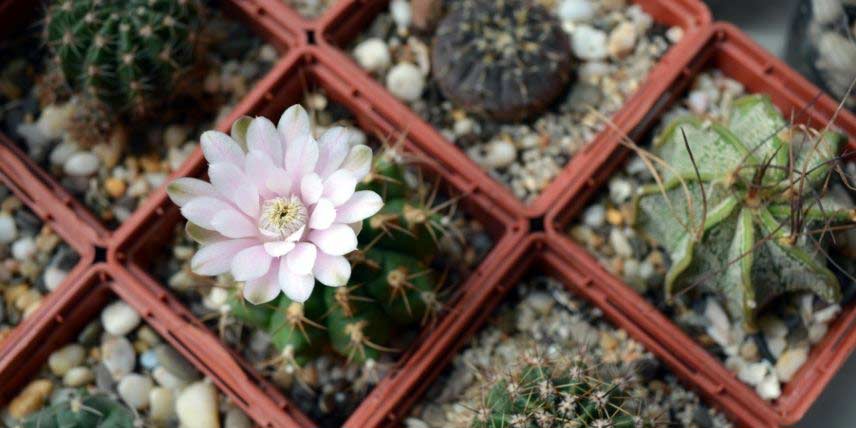
Avoid repotting in autumn or winter, as plant is then dormant and will be more sensitive to changes in growing conditions… Wait until early spring if cacti need repotting! Discover our advice sheet : How to plant a cactus in a pot?.
In spring, resume watering very gradually, otherwise epidermis could crack. You can also start using fertiliser again. For more information, refer to our advice sheet : How to water a cactus?.
From May, once there is no longer any risk of frost, you can move them outdoors, but take care not to expose them immediately to direct sunlight. It is important to acclimatise them gradually to avoid them being scorched by direct sunlight. At first, better to shade them during the hottest hours.
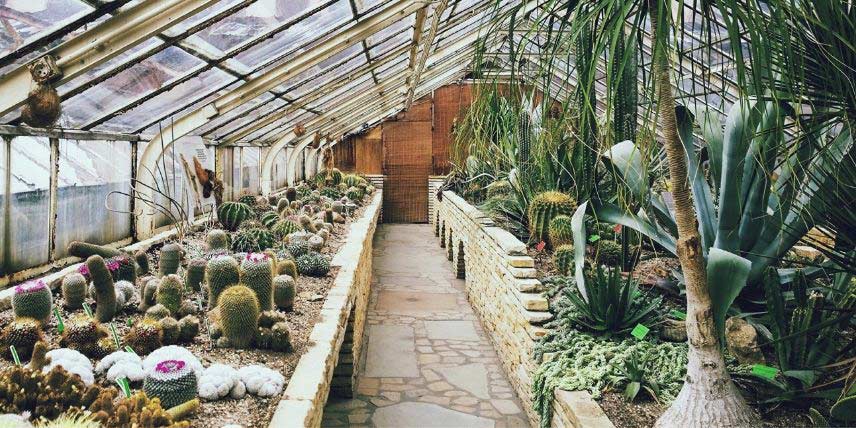
To protect cacti in winter, a greenhouse is ideal. However, any other frost-free shelter with temperatures between 5 and 10 °C and a dry atmosphere would be suitable.
Read also
How to plant a cactus in a pot?How to overwinter cacti planted outdoors?
Some cacti are relatively hardy and can be planted outdoors: the hardiest among them can withstand down to −25 °C! However, cacti are primarily vulnerable to winter moisture: the drier a cactus is, the better it will resist the cold. Thus, as winter approaches, withhold water from cacti, encouraging them to dehydrate so they cope more easily with low temperatures! This reduces risk of rotting.
We recommend protecting your cacti from rain by installing a removable structure above them, unless you have already planted them under an overhanging roof. For example, you can drive four stakes around them and cover them with a tarpaulin or plastic sheet (transparent to let light through).
You can also install a winter fleece and a plastic covering over your cacti to shelter them from cold, moisture and wind, but remember to remove them as soon as temperatures rise: this will allow ventilation and prevent rotting.
In spring, resume watering and fertilising very gradually, and remove their winter protection as soon as risk of frost has passed.
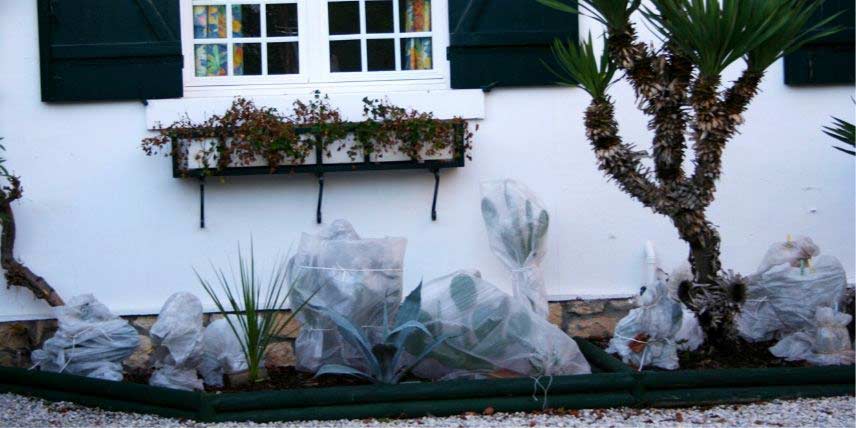
Cacti placed under a winter fleece for winter. Their position against a house wall can shelter them from rain thanks to an overhanging roof. Otherwise, install a removable structure to protect them.
Discover other Cacti and succulents
View all →Available in 0 sizes
Available in 1 sizes
Available in 1 sizes
Available in 1 sizes
Available in 1 sizes
Available in 1 sizes
Available in 1 sizes
Available in 1 sizes
Available in 1 sizes
Available in 1 sizes
Learn more
Discover everything you need to know by consulting our comprehensive guides :
- Outdoor cacti and succulent plants, as well as our selection of hardy species
- Indoor cacti and succulent plants
- 7 emblematic cacti and succulent plants
- Subscribe!
- Contents
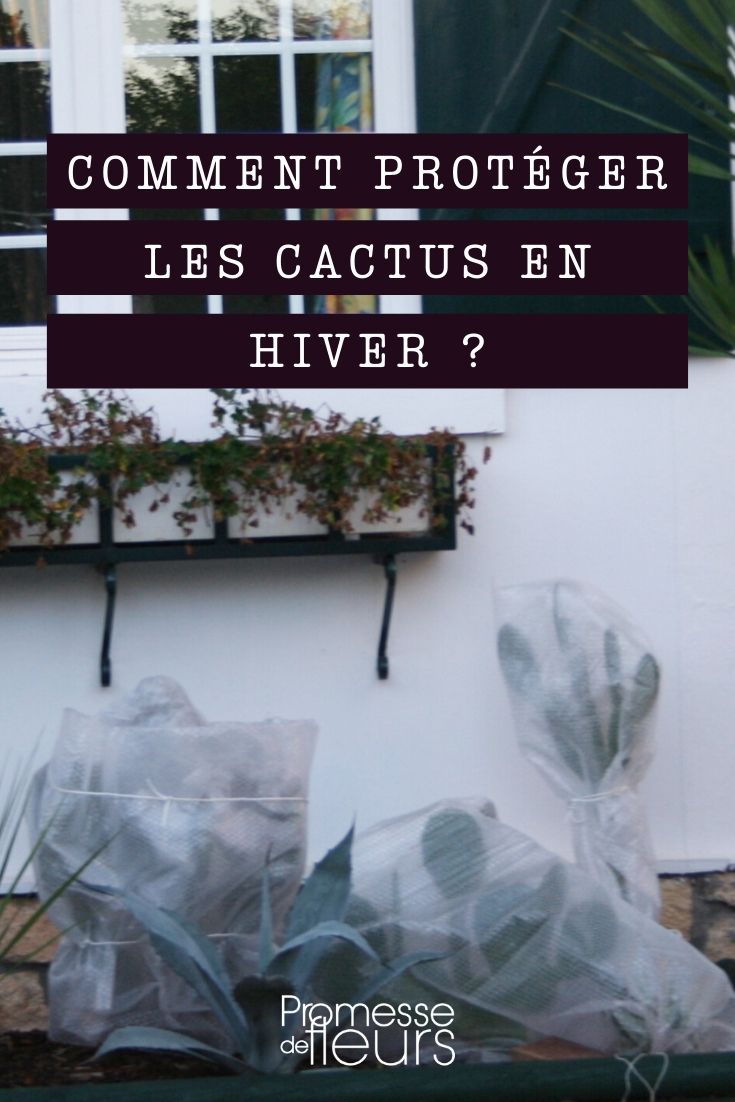































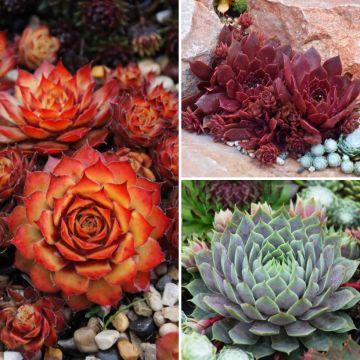
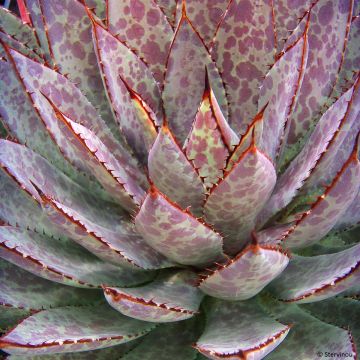
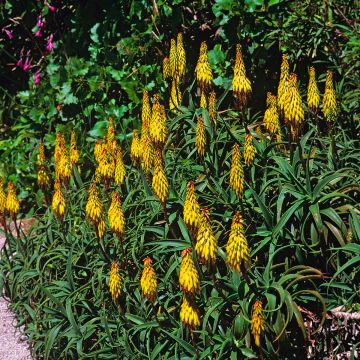


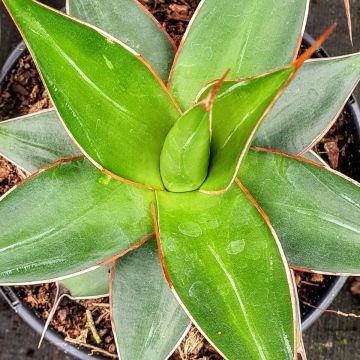
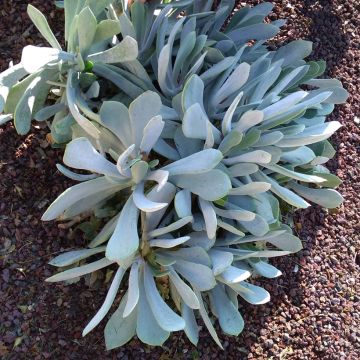
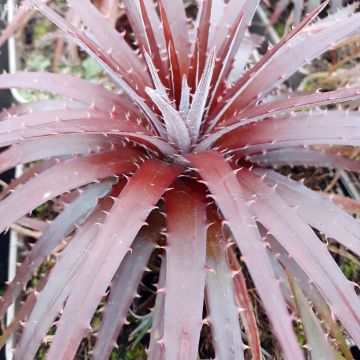
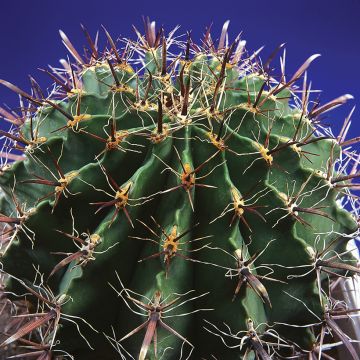
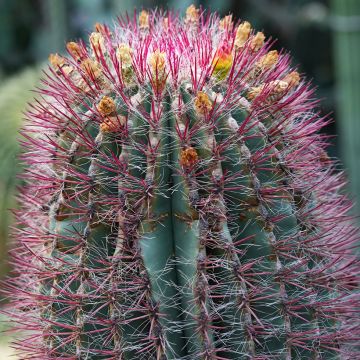
Comments